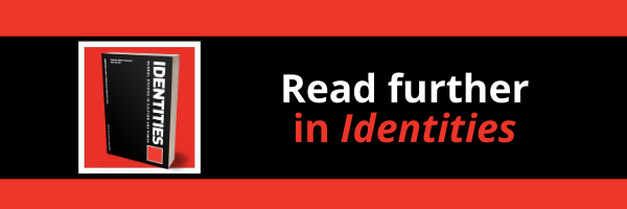|
|
|
On the 14th June 2017, a horrific fire swept through Grenfell Tower in west London, killing 72 people and leaving hundreds more homeless and traumatised. For those of us who witnessed the tragedy unfold, either directly or through media coverage, the images of the burning tower beyond the control of the firefighters will stay with us for a lifetime.
Situated within the wealthy borough of Kensington and Chelsea, with a 71% white demographic, the 24-storey tower block was home to mainly social housing tenants of many ethnicities and backgrounds. Much has been written about how social marginalisation had created a hostile and dangerous environment for residents of the tower. In the years preceding the fire, they were treated as expendable against the forces of gentrification, de-regulation and cuts, and their voiced concerns about the loss of green areas and fire safety in Grenfell Tower were repeatedly ignored. In 2019, the Grenfell Tower Inquiry Report determined that the speed with which the fire spread was due to the combustibility of the substandard exterior cladding, an addition made largely to enhance the tower’s appearance to surrounding neighbourhoods.
In the immediate aftermath of the fire, there was an outpouring of grief, which quickly turned into on-the-ground action: neighbours helped others find loved ones, local organisations set up stations for food and supplies, and faith groups opened the doors of religious spaces to provide shelter and support. One striking aspect of this grassroots effort, which unfolded in the absence of an adequate response by public agencies, was the takeover and shared use of local buildings and spaces. As we detail in our Identities article, ‘Place as social identity: an analysis of the spatial enactments of community loss and activism within the built environment surrounding Grenfell Tower’, local buildings were taken over for different uses, and sites for mourning, remembrance and protest were spontaneously created in underpasses, parks and alleyways.
Because the built urban environment often appears so fixed, regulated and forbidding in its structures of steel, concrete and brick, we were particularly interested in the countless examples of how buildings and spaces around Grenfell Tower were renegotiated through different uses. Examples include the ostensibly minimally disruptive acts of hanging memorials on railings and community graffitiing on the underside of the flyover, as well as the more purposeful long-term occupations of previously disputed spaces and the ‘silent marches’ that took over the streets. These acts of reclaiming and transforming local spaces also had a profound influence on those beyond the immediate community and an impact on wider power dynamics. In particular, the silent marches, which began as a way for residents to unify and grieve, became a means to include people outside the community in protest and, over time, expanded to incorporate areas of political significance such as Downing Street. Our article, which is based on interviews with individuals who worked for local voluntary and faith organisations, draws on concepts of community participation and social identity to understand this collective action and its implications. We posit that, for a diverse group of people who had long felt ignored and abandoned by local authorities, participation and reclamation of the local environment were central to the mobilisation of a new sense of identity and community empowerment. We argue that, in contexts of urban ‘super-diversity’, shared use of local spaces, including faith spaces, can produce a sense of ‘belonging-in-multiculture’ that can become the foundation for community identity and collective struggle against racialised marginalisation. Our article also addresses how, despite these creative forces of community, tensions were evident in relation to the on-going presence of memorials and continued use of public spaces. The recent announcement that Grenfell Tower will be demolished because of safety concerns may have been welcomed by some but has angered many families of the deceased. Whatever comes next, the local community requires on-going dialogue to negotiate its needs, both among itself and with significant others. In our article, we conclude that, if the community is to continue to fight its marginalised status, renewal of the forms of participation and togetherness in local spaces that arose in the wake of the fire is essential.
Blog post by Harriet Waine, University of Westminster, UK, and Madeleine Chapman, University of Copenhagen, Denmark
Read the Identities article: Waine, Harriet & Chapman, Madeleine. Place as social identity: an analysis of the spatial enactments of community loss and activism within the built environment surrounding Grenfell Tower. Identities: Global Studies in Culture and Power. DOI: 10.1080/1070289X.2021.1992991
Explore other relevant Identities articles:
“Diversity” on Main Street? Branding Race and Place in the New “Majority-Minority” Suburbs Contesting Formosa: Tragic Remembrance, Urban Space, and National Identity in Taipak Radical democratic citizenship at the edge of life: young children, cafés and intergenerational and intersectional activism [Open Access]
0 Comments
Your comment will be posted after it is approved.
Leave a Reply. |
|
Explore Identities at tandfonline.com/GIDE |
|
The views and opinions expressed on The Identities Blog are solely those of the original blog post authors, and not of the journal, Taylor & Francis Group or the University of Glasgow.


